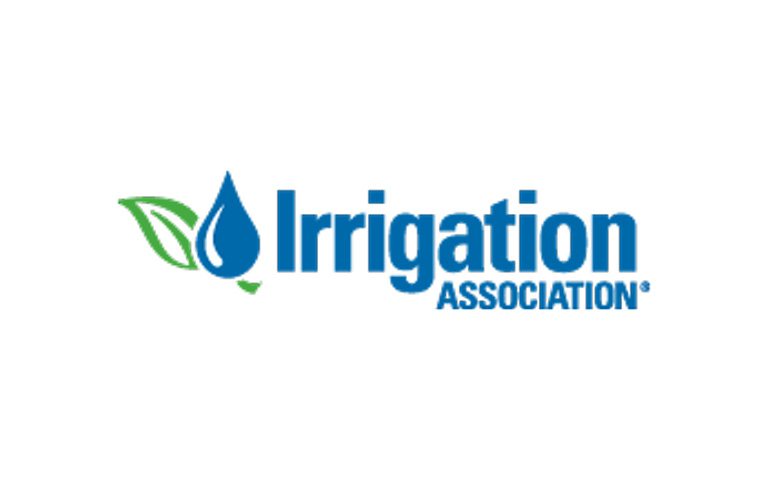Every year water shortages affect residents of cities throughout California. Because of this, reducing water use in the landscape has become highly necessary not only for helping our communities and environment but also for lowering water bills. One of the best ways to help reduce water consumption in your landscape is a thorough evaluation of your landscape plants and your irrigation system. The best way to evaluate your irrigation system is through a water audit.
What is a Water Audit? –
A water audit involves the assessment of an existing irrigation system to determine the efficiency of water use throughout the landscape. Recommendations for improvements are made based on observations.
Three Step Process of a Water Audit –
- Site Inspection and System Tune up – The system is turned on and evaluated for leaks, old and worn out equipment, improperly spaced sprinklers, incorrect pressure, improperly sized components, sunken sprinklers, and any other observed problems. Other factors that are observed are plant material, soil type, root zone depth and any other aspects that would affect the efficiency of the system. If necessary any repairs will be done at this time or at a later date.
- System Test – Lawn sprinkler water consumption is measured through the use of a catch can test. This involves mapping the irrigation site, placing water collecting devices at incremental spaces, running the system for at least five passes of the sprinkler, and then recording the data collected. Drip systems are evaluated by turning on the system and checking to see if all stations are delivering the appropriate amount of water. Notes are made about the type of plant material and irrigation devices used and any improvements are recommended.
- Calculating a Base Watering Schedule – A report is created from the information collected during the site inspection and system test. All factors, such as soil type and wind speed, are considered and calculations of the distribution uniformity, irrigation efficiency and the precipitation rate are made. After all calculations are completed, an irrigation schedule is created that will most efficiently water the landscape with the equipment and design that exists.
Benefits of a Water Audit –
- Water Savings – Savings are obtained when most of the water applied to the landscape is utilized by the plants instead of lost through runoff or deep percolation beyond the root zone of the plant. By enhancing the irrigation systems performance and adjusting the watering schedule; many of the poor maintenance issues found in a landscape can be improved.
- Efficient System Performance – Through the use of field tests such as catch can studies and maintenance recommendations, irrigation systems can be reevaluated and updated so that water is applied as uniformly as possible. This will help reduce the appearance of dry spots in groundcover or turf and decrease the possibility of dead or diseased plants.
- Appropriate Irrigation Scheduling – Correct irrigation scheduling involves applying the right amount of water at the right time. Irrigation schedules are dependent upon the uniformity of coverage by the irrigation system, the type of controller utilized, soil type, plant type, precipitation rates, and changes in weather. Appropriate scheduling can reduce water consumption and lower water bills.
The performance of a Water Audit can save water and money. Water is a valuable resource and should be conserved at all times.


